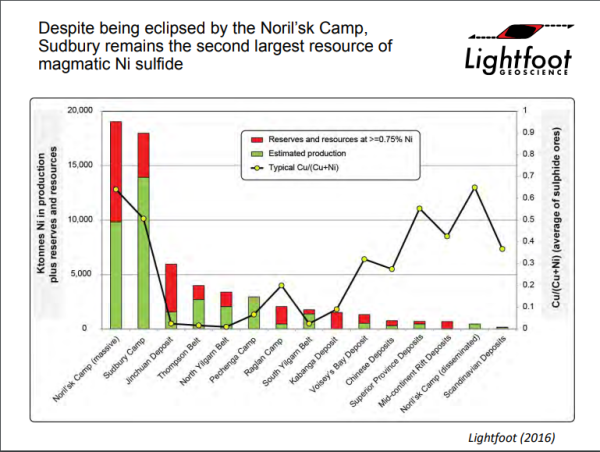What does the rise of electric vehicles mean for two critical raw materials that go into their batteries—and for the players in this ecosystem?
The electric-vehicle (EV) revolution is ushering in a golden age for battery raw materials, best reflected by a dramatic increase in price for two key battery commodities, lithium and cobalt, over the past 24 months. In addition, the growing need for energy storage, e-bikes, electrification of tools, and other battery-intense applications is increasing the interest in these commodities (Exhibit 1).
However, recent concerns regarding the future of the raw-material supply availability for batteries and the impact of rising commodity prices on battery production costs have highlighted risks that might create divergent futures for these two commodities.
The strategic response needed will likely differ across industry players such as automotive OEMs, battery manufacturers, mining and refining companies, and financial investors. For all players, there is a growing imperative to understand the complexities and dynamics of this rapidly changing market and to ensure that their strategies are robust in the face of uncertainty.
























